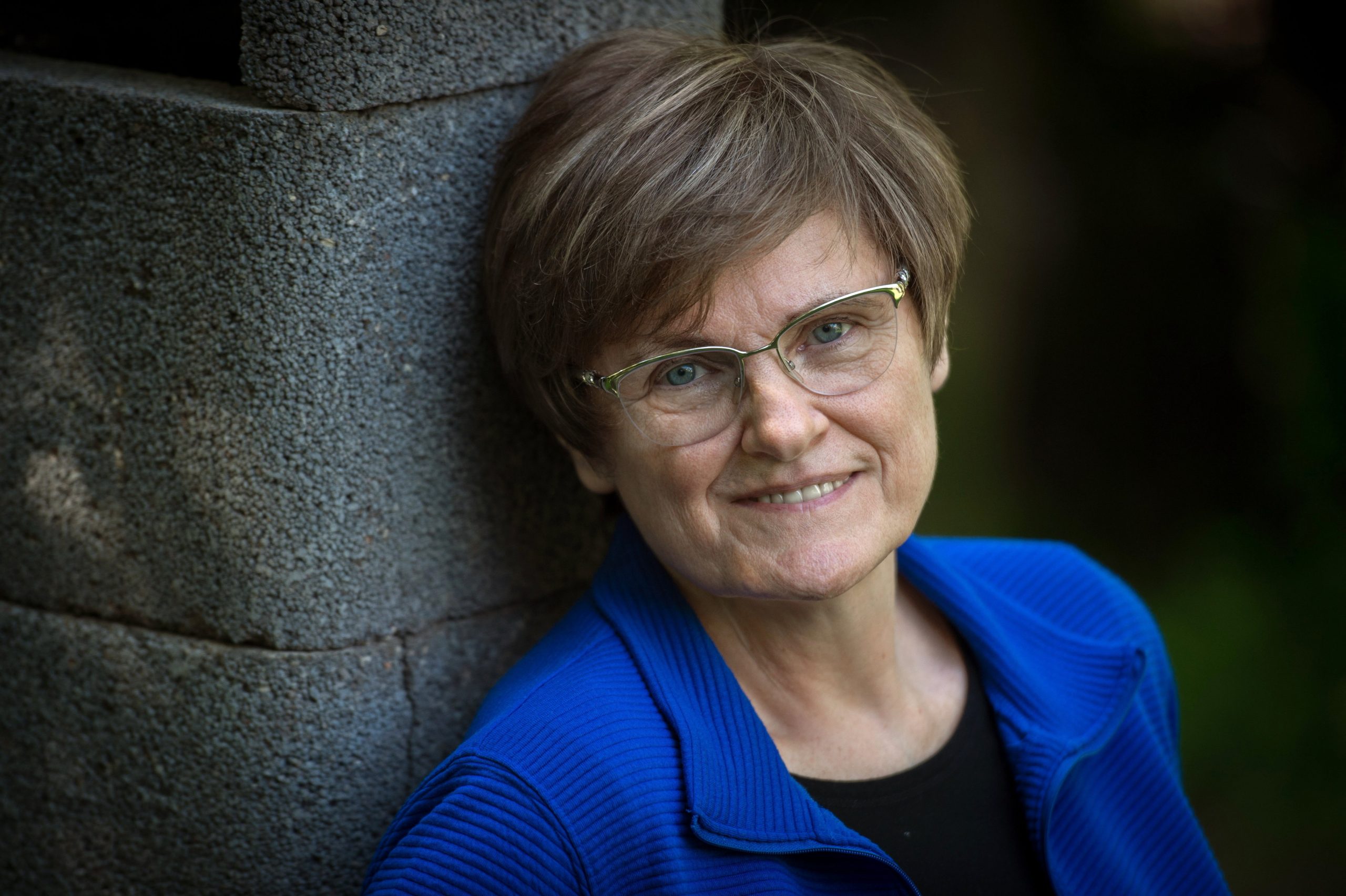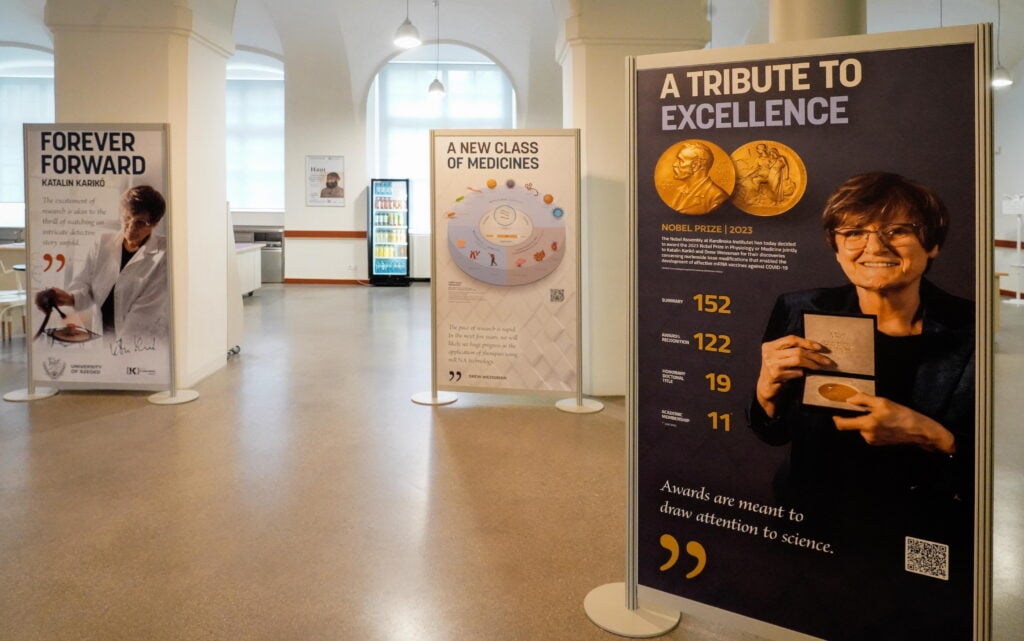Decades of research have shown that the injection of suitable, synthetically produced mRNA into humans can provide protection against various viral infections. So the question arises again: is a short amount of time really a valid argument?
This article was originally posted on our sister-site, Ungarn Heute.
Everyone was rightly surprised when it turned out that neither one of this year’s Nobel Prize for medicine or for chemistry went to Hungarian researcher Katalin Karikó, whose name is associated with the research of mRNA-based therapeutic options and the coronavirus vaccine. Karikó’s work became a key factor in the fight against COVID-19, a fight that has undoubtedly affected the lives of the world’s population for more than a year and a half. So the question remains: is it not obvious that she should receive this recognition?
Before we go into more detail, it is important to know that the Nobel Prize is not a tribute to a life’s work, but is awarded for a specific new discovery or research result. Alfred Nobel made this very clear in his will:
All of my remaining realizable assets are to be disbursed as follows: the capital, converted to safe securities by my executors, is to constitute a fund, the interest on which is to be distributed annually as prizes to those who, during the preceding year, have conferred the greatest benefit to humankind.”
The last sentence of the quote underscores the idea that the scientific recognition should have gone to Katalin Karikó. Unfortunately, we will have to wait at least 60 years to find out why, because that is how long the official records of the nomination and the nominators are kept secret. Most assume that time was simply too short, as everything happened very quickly in the production of the vaccine.
As a rule, the committee does not honor such “brand new” results because, to stay with Karikó as an example, little is yet known about the long-term effects of the vaccine. However, if such reasons were used in the decision-making process, it clearly contradicts Nobel’s will. The Hungarian researcher has been working on the coronavirus for more than 30 years.
Fact
In the 1980s, most of the scientific community focused on gene therapy with DNA, but Katalin Karikó believed that mRNA could also be promising for therapeutic use since most diseases are not hereditary, and therefore there is no need for solutions that would permanently alter the human genome. She continued her research despite much skepticism from her biochemistry colleagues.In 2005, she and Drew Weissman developed a patent for therapeutic applications of mRNA with modified nucleosides that allow mRNA therapy without triggering excessive immune responses. In 2013, she and her Japanese colleague, Hiromi Muramatsu, decided to continue their work in a company with a clinical program where they could work on implementing mRNA therapy. They chose BioNTech in Mainz, Germany. (Source: Wikipedia)
The development of mRNA-based cancer immunotherapies and vaccines against infectious diseases entered the clinical application phase as early as 2013. Decades of research have shown that the injection of suitable, synthetically produced mRNA into humans can provide protection against various viral infections. So the question arises again: is a short amount of time really a valid argument?
Fact
In an mRNA-based vaccine, our body produces the viral spike protein (spike protein RBD) encoded by the mRNA that leaves the cell. So the rest of the virus is not present, only the surface protein, which is important for immunity and in itself poses no danger to the organism. The body recognizes it as foreign and reacts by producing antibodies. (Source: Wikipedia)Despite decades of research in the field of mRNA technology, many believe that the development of a vaccine specifically against SARS-CoV-2 has been a relatively rapid process and we do not yet have a comprehensive picture of the vaccine.
The fact that Katalin Karikó has been awarded several international prizes in recent months that are usually considered precursors to the Nobel Prize (most notably the Lasker Prize in the United States), was also a promising indication that the Nobel Prize would be awarded this year.
Fact
Among the prizes she has received are the Rosenstiel Prize, the Horwitz Prize, the Reichstein Medal, the Princess of Asturias Prize, the U.S. Great Immigrants Prize, the Breakthrough Prize, the Keio Medicine Prize, the Paul Ehrlich and Ludwig Darmstaedter Prizes, the Grande Medal and the Dr. Paul Janssen Award for Biomedical Research, and the Pearl Meister Greengard Prize. She received some of the awards jointly with fellow researcher Drew Weissman. Karikó was also recently named to TIME Magazine’s list of the 100 most influential people. She has also received numerous awards in Hungary, such as Person of the Year, chosen by the public media, receiving honorary citizenship in Szeged (where she studied), an honorary doctorate from the University of Szeged, the Human Dignity Award, and the Ignác Semmelweis Prize. However, her research is also appreciated in everyday life: a mural of her was recently made in both Budapest and Spain.Albert Einstein’s Nobel Prize award was also rejected at least eight times before he could receive the prestigious award. So there is a realistic chance that Karikó might win the Nobel Prize in the next few years after all. Why not this year? We will write about that in 60 years.
Featured photo by Csilla Cseke/MTI


